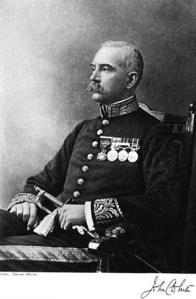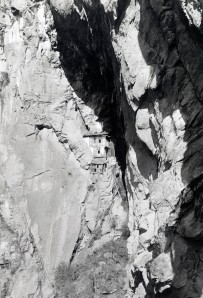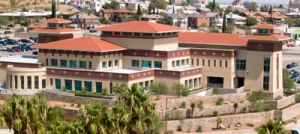Rush hour, Union Station, a busy Thursday night. In the long passageway that connects the gates, a crowd is forming; a cluster of iPhones trained on the wall not far from the gold line, where I am heading. Pretty quickly I see what’s causing the fuss: A giant blackboard-sized mural with dollar bills thumb-tacked onto it.
The headline reads: GIVE WHAT YOU CAN TAKE WHAT YOU NEED.
Those who aren’t photographing the tacked-up dollar bills are fumbling for their wallets to pull out cash. A few people swoop by and sheepishly help themselves to a dollar. Two tall blonde guys, clearly brothers, seem to be behind this; I talk to one and he says, “It’s a social experiment.”
A well-dressed woman stops and peels out a $5 bill from a designer purse and says, “I’m so grateful for all I have. This is inspiring. I could be in a position one day where I have nothing.”
More photos are snapped, more dollars are tacked on the board. The other brother tells me, “We started with about $40. More people are giving than taking.” The last time they did this, he tells me, they went to Union Rescue Mission to give haircuts to homeless men.
Why is it so amazing to see people giving away money? Maybe because we don’t usually see the social equation laid out so bare: A billboard asks you to give something or take something. It all seems so simple, and yet for so many people, giving time or money is a strain or a stress or a chore. By spelling it out, the brothers made it easy to participate, and better yet, they made people think.
When I get home, I do a bit of research. Turns out these guys are filmmakers. The haircuts at the Mission got turned into a short film, “What’s the Difference?” Meaning, what’s the difference between a homeless person and you.
This experiment I happened upon was a way to gather video for a new film, it seems. Doesn’t diminish what they’re doing. In fact, even better: their social experiment will get repeated, in video, and maybe it will inspire others. It sure inspired rush-hour crowds at Union Station on a Thursday. It’s not just the freakishly strange idea of free money. Some people need a reminder that giving is possible, and is so easy.























